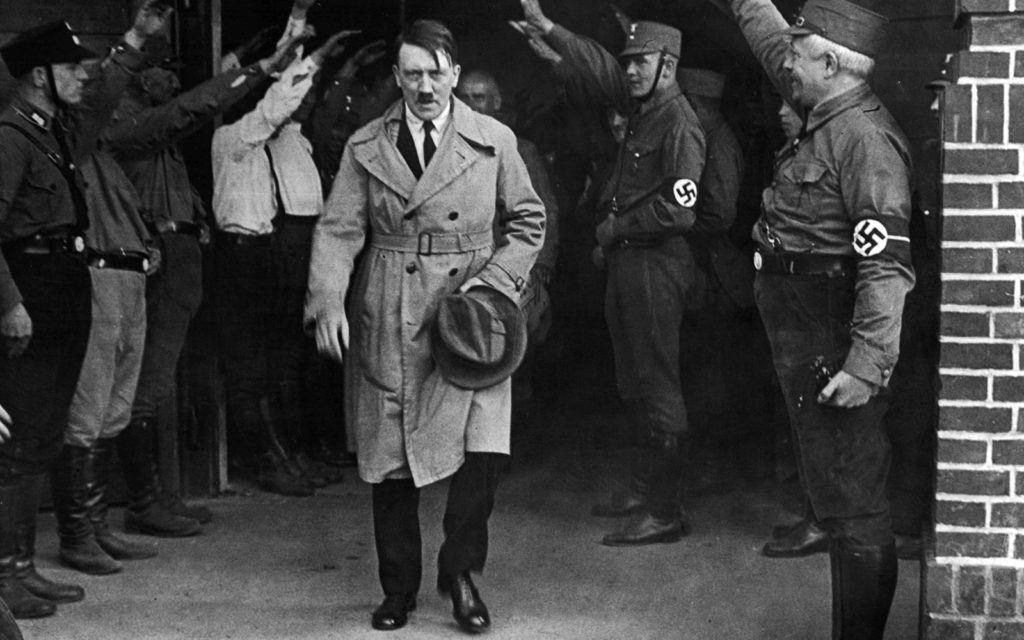World War II was a period of intense espionage and covert operations. Both the Allied and Axis powers employed thousands of spies to gather critical information, sabotage enemy efforts, and gain an advantage.
The world of intelligence has always been shrouded in mystery and intrigue, and the stories of World War II spies are no exception.
From high-risk missions beyond enemy lines to double-crossing dishonest agents, the brave, cunning individuals who risked their lives to gather information and turn the tide of the war were nothing short of incredible.
Their crazy stories will bring you to the edge of your seat, captivated by the intrigue, danger, and ultimately unbelievable events.
1. The Notorious ‘White Rabbit’
The “White Rabbit,” “Seahorse,” and “Shelley” are just a few of the many code names of Forest Frederic Edward Yeo-Thomas. His life saga is perhaps more akin to a movie storyline than real life.
He was a master of the art of spying and several harrowing experiences attest to his bravery and courage.
At the outbreak of World War II, Yeo-Thomas joined the Royal Air Force of Britain before being moved to the secret forces. As an undercover agent, the “White Rabbit” went everywhere and was nearly untouchable.
In Russia, Yeo-Thomas escaped from solitary confinement by strangling a guard who was on duty outside his cell. Later, on his third mission in France, his luck ran out after narrowly escaping arrest on six separate occasions. He was finally betrayed and apprehended by the Gestapo.
Despite four days of continuous interrogation, he refused to budge. Instead, he insisted that he was just an RAF pilot. He refused to betray his fellow countrymen or the resistance group he was working for.
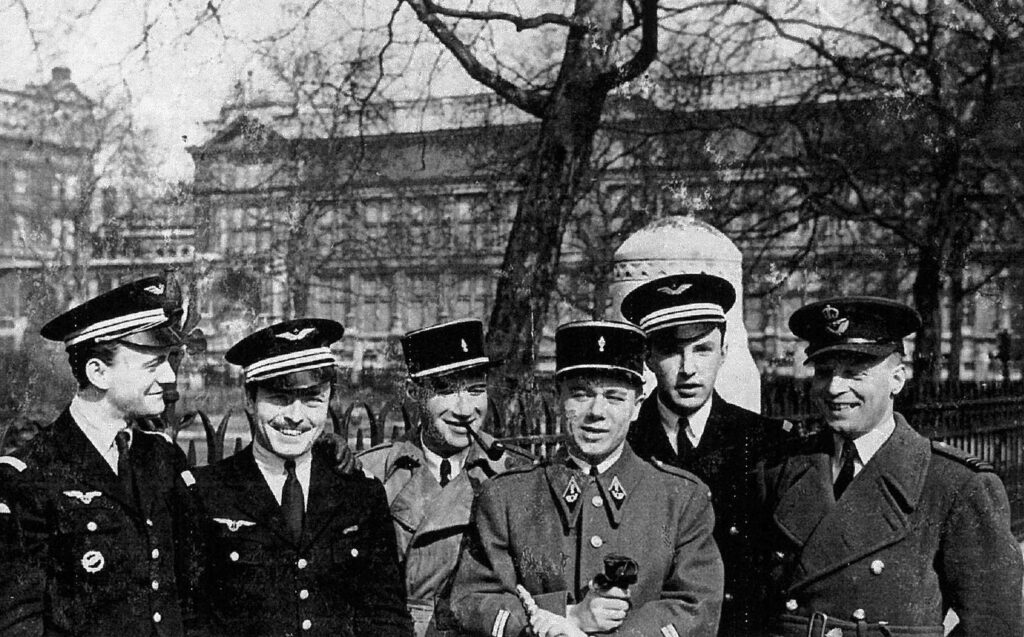
You see, Yeo-Thomas was not just a spy. He was an escape artist extraordinaire. This earned him the moniker, the “White Rabbit.” He avoided capture and death on many occasions. He even escaped from the Buchenwald concentration camp after swapping his identity with a dead French prisoner.
Yeo-Thomas’s incredible escapes and resilience even extended to avoiding Klaus Barbie, the infamous ‘Butcher of Lyon.’ After being interrogated and nearly beaten to death, Yeo-Thomas faked his death and lay motionless on a prison floor until the Nazis left him for dead. This allowed him to escape once again.
Although Yeo-Thomas’s story may seem like something out of a Hollywood blockbuster, it is very much a real-life tale of exceptional bravery and determination.
2. Iconic Star Turned Undercover Agent
Josephine Baker’s espionage work during the Second World War is an incredible tale of unimaginable bravery and selflessness.
Baker grew up in the United States. In 1925, she took the chance to perform in Paris in a show at the Théâtre des Champs-Élysées – La Revue Nègre. After this, she swiftly became one of the most popular music-hall entertainers in France.
Everything changed in 1939. Hitler’s Nazi army occupied France in the onslaught of World War II. After fleeing to the South to avoid Nazi occupation, she took an unexpected role.
As the highest-paid entertainer in Europe, Baker was an unlikely candidate for a spy. However, her sizable fame turned out to be an advantage. It allowed her to move around freely and gather information from high-profile diplomats at embassy parties.
She covertly joined the French Resistance. She risked life and limb to pass information to the French. It was information she heard during her performances for enemy troops and officials.
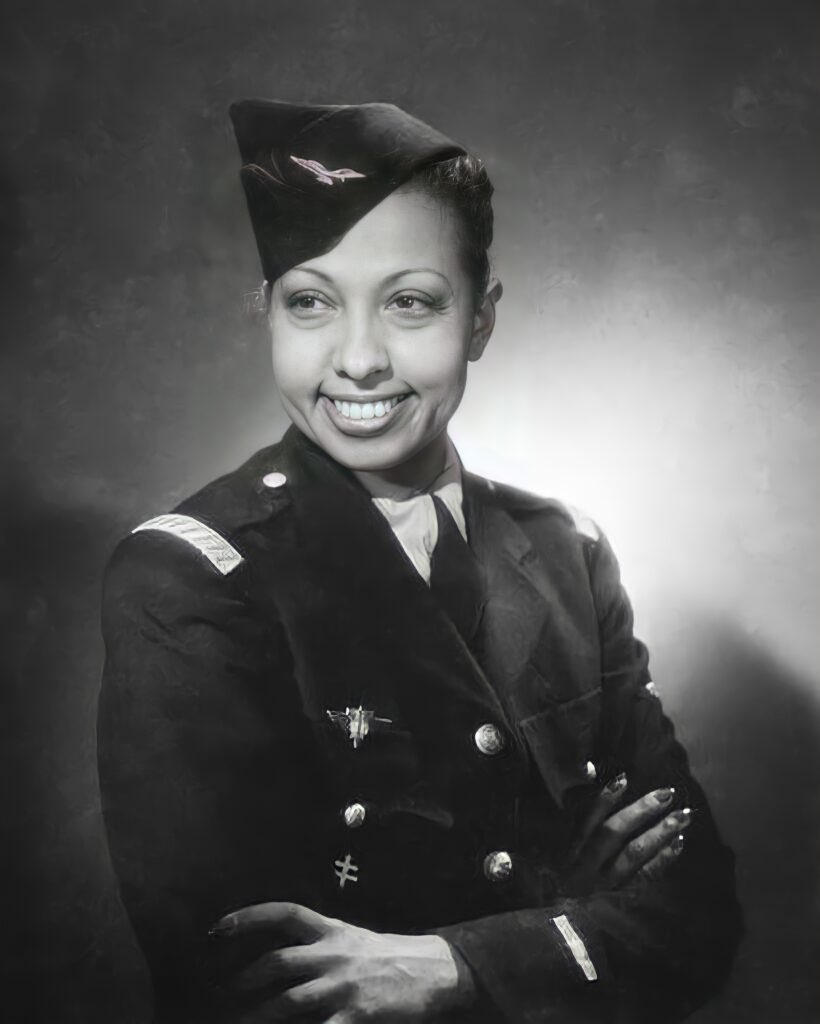
To transport the intelligence she gathered, Baker used invisible ink to write on her sheet music. She even went so far as to pin some of the top-secret messages to her underwear.
Her high status and fame made her ideal for the job and she performed it proudly. She smuggled notes across Europe and aided mightily in the effort against the Nazis.
As a part of the Free French forces, Baker also worked alongside the Red Cross. She performed for troops across the region while also raising money for the war effort. Despite the danger inherent in her work spying on the Axis powers, Baker’s passionate feelings about human rights and her hatred of discrimination fueled her determination.
In Nazi-occupied France, Baker went so far as to risk her life helping refugees and the French Resistance. She hid both in her chateau far away from Paris. She also smuggled photographs to General Charles de Gaulle and the Free French government in exile in London.
Baker continued spying even when she was ill and recovering in a hospital. French Resistance members and American diplomats were convening with her for meetings.
Josephine Baker’s service as a spy for France during WWII remained largely unknown for many years. However, in 1961, she was awarded for her bravery and service to her adopted country.
Baker’s incredible story serves as a reminder of the power of what a single individual can achieve in the face of the unthinkable.
3. The German Spy Master Who Tried to Take Down Germany From the Inside
Throughout World War II, there was no shortage of individuals working to topple the regime in Nazi Germany. However, very few were doing so from the inside.
Admiral Wilhelm Canaris was a World War I veteran. He later rose the ranks to become Chief of the German Military Intelligence Service (the Abwehr). Despite serving as the Nazi Party’s liaison to the military intelligence community, Canaris also had his own secret.
Canaris had grown uneasy with Adolf Hitler and the Nazi Party. He began working tirelessly from within to oppose Hitler’s aggressive foreign policy and to gather intelligence on the regime. Canaris was even part of a group of anti-Nazi military leaders who began to plot against Hitler during World War II.
While head of the Abwehr, Canaris helped to create an active network of conspirators within the military and intelligence services. These were centered around General Hans Oster.
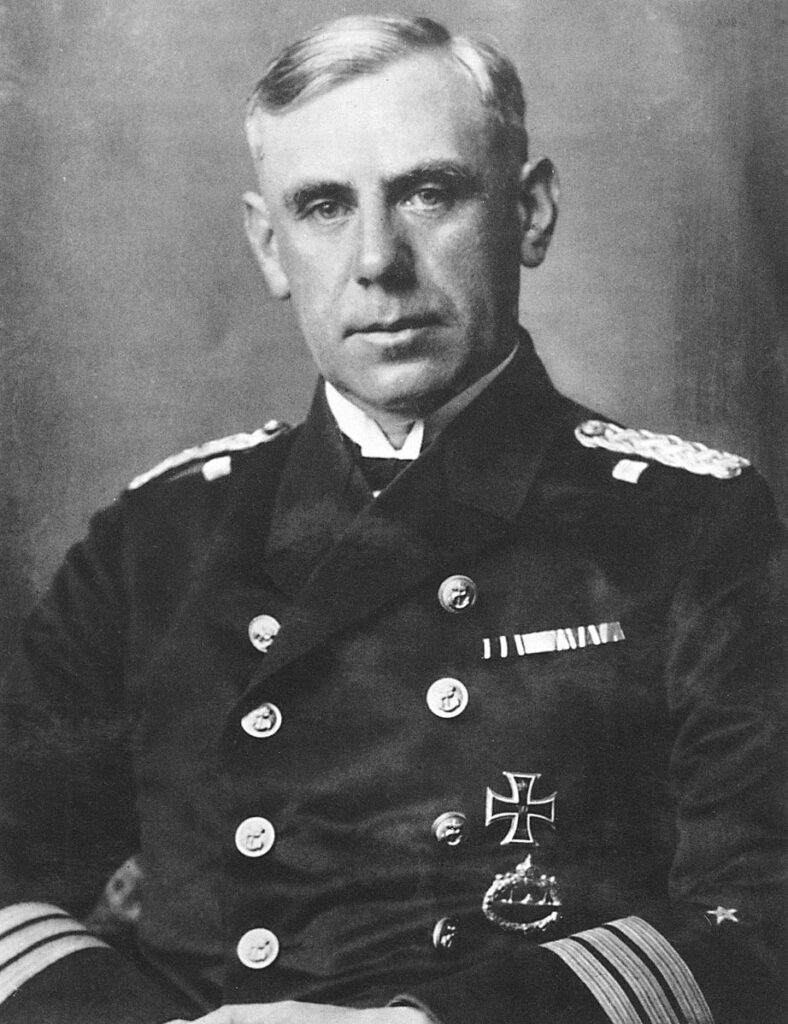
Canaris also gained the support of influential figures, including retired General Ludwig Beck. He leveraged his network to undermine the war effort while collecting information for the Allied forces and other anti-Nazi groups.
However, the spy master’s long-term effort to thwart Hitler ultimately failed. The July 20 Plot against Hitler, in which Canaris played a key role, was betrayed. The plotters were arrested and executed.
Canaris himself was discovered to be involved and was hanged in 1945.
For unknown reasons, Canaris remained silent about his activities against the regime to his jailers. Even in the face of torture and potential execution.
Afterward, the Allied forces found extensive documentation proving Canaris’s involvement in the resistance. But it is still unclear what motivated him to risk everything for the anti-Nazi cause.
His story serves as a testament to the efforts of individuals who stood up against tyranny in the face of overwhelming odds. Even at the highest levels, some courageous men and women secretly fought back against the regime, driven by a commitment to what was right.
4. Agent Garbo – One of the Greatest Double Agents in History
Double agents have always had a fascinating place in the history of espionage. But none compare to Agent Garbo. He was widely regarded as one of the greatest double agents of World War II. His work was arguably critical for the Allies’ success. Without him, the course of the war could have been completely different.
Juan Pujol Garcia, also known as Agent Garbo, was a Spanish double agent working for both Nazi Germany and Britain. Garbo began his espionage career by offering his services to the British. But he was ignored for years before turning to the Germans, who accepted his offer to spy on Britain.
Garbo’s true allegiance, however, remained with the Allies. He began working as a double agent, providing valuable misinformation to the Germans and feeding critical information back to the British.
From January 1944 to D-Day, Pujol passed over five hundred messages to Berlin. This was all a part of Operation Fortitude. This was the deception campaign designed to mislead the Germans about the location of the Allied landings.
The reports disguised the status of the preparations. This successfully persuaded the Germans that the invasion force would land much further to the north, in the area of Calais. Garbo’s agents would report authoritatively that the Normandy landings were no more than a ruse and that the main attack was still to come in the Pas de Calais.
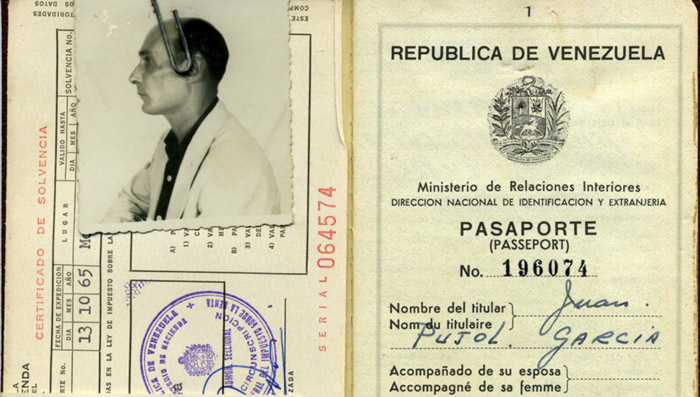
The Germans were so deceived by Garbo that, throughout July and August, they kept dozens of army divisions in the Pas de Calais in anticipation of the invasion. But this was the wrong place. It gave the Allies precious time to establish their bridgehead, and eventually, win the war.
Garbo’s success as a double agent depended on his skill in building a convincing cover story. He was also talented in translating the information into reports that satisfied both German intelligence and, later, the British.
He carefully crafted a persona of a fanatical Nazi supporter. He sometimes sent letters to his Nazi handlers that were so over-the-top that the British feared that he might be executed by the Gestapo.
In reality, Garbo was fiercely anti-Nazi and strongly supportive of the Allied cause. This made his work as a double agent all the more remarkable and dangerous.
Thankfully, Garbo’s contribution to the Allied victory was finally able to be acknowledged in 1984. This was just four years before his death.
5. Operation Mincemeat
Of all the spy sagas of World War II, Operation Mincemeat may be the most unbelievable.
The operation was a deception plan mounted by Allied forces during World War II. The plan was to convince the Germans that the invasion of southern Europe would take place in Sardinia instead of Sicily.
It sounds simple enough. But in reality, the plan was so creative and so ridiculous, it’s hard to believe it happened. The plan was masterminded by British intelligence operatives.
It involved dressing up a corpse – yes, a dead body – as a Royal Marines officer. They then carefully crafted false documents to plant on the body. These suggested that the Allies were planning to invade Sardinia, rather than Sicily, where the real invasion was planned to take place.
The body was then dropped off the neutral Spanish coast by a submarine. German intelligence found and examined the documents on the body. Shockingly, they were convinced.
They believed the body to be a real soldier with real invasion plans. The Germans then took the bait, bringing the intelligence to Adolf Hitler himself. The plan was a huge success. It helped to divert German military resources and contributed significantly to the Allied victory.
Ewen Montagu and Charles Cholmondeley, the naval intelligence officers responsible for the scheme, were fully committed to the deception. This was crucial in their pulling it off.
They created an elaborate backstory. The man, formerly a homeless Welshman who committed suicide, was reinvented as William Martin, a distinguished Royal Marine officer. Martin was even provided with a complete life history, in case it proved necessary.
The plan was a remarkable triumph of creativity and audacity. It demonstrated not only the importance of good intelligence but also the value of creativity and commitment.
Honorable Mentions: Celebrity Spies Behind Enemy Lines
These stories may not count as crazy or extraordinary. But it may shock you to know some of the greatest celebrities of the 20th century also doubled as undercover operatives in World War II.
Roald Dahl and Sir Christopher Lee were both celebrities in their own right. Dahl is known for his witty and imaginative children’s books. Lee is celebrated for his outstanding performances in movies, particularly as Saruman in The Lord of the Rings.
However, both men also had a lesser-known but fascinating past as spies during the war.
Before Roald Dahl was a famous author of children’s books, he played a significant role in World War II. He joined the Royal Air Force and flew as a fighter pilot. He then went on to work as an assistant air attaché in the British Embassy in Washington D.C.
While serving in this role, Dahl also secretly served as a spy for the British government. His intelligence was of great value to the British and the Allied war effort.
Sir Christopher Lee was also a pilot in the British Air Force. A damaged optic nerve ended his flying career. But he shifted to operating as a special intelligence officer in the area of North Africa.
Later, he moved positions to the Special Operations Executive of Prime Minister Winston Churchill. Much of Lee’s military career is still classified. Many details remain shrouded in mystery to this day.
Neither Roald Dahl nor Sir Christopher Lee was any James Bond – Bond creator Ian Fleming was a spy himself, in fact. But they both played unique and valuable roles in the war effort. They served their countries with distinction.
Their stories provide an inspiring glimpse into the lives of some of the lesser-known, but undeniably crucial, heroes of World War II.
References
“Agent Garbo | MI5 – the Security Service.” MI5. Accessed May 5, 2023. https://www.mi5.gov.uk/agent-garbo.
Klein, Christopher. “Josephine Baker’s Double Life as a Spy for the French Resistance.” History.com. A&E Television Networks, March 15, 2021. https://www.history.com/news/josephine-baker-world-war-ii-spy.
Leer, Miranda. “Sir Christopher Lee: From WW2 Spy to Hollywood Legend.” History Defined. History Defined, February 23, 2023. https://www.historydefined.net/sir-christopher-lee/.
Norton-Taylor, Richard. “Forgotten Spy and Escape Artist Extraordinaire Comes in from the Cold.” The Guardian. Guardian News and Media, March 31, 2010. https://www.theguardian.com/world/2010/mar/31/edward-yeo-thomas-spy-plaque.
“Roald Dahl.” Encyclopædia Britannica. Encyclopædia Britannica, inc., April 7, 2023. https://www.britannica.com/biography/Roald-Dahl.
Tripney, Natasha. “Operation Mincemeat: The Incredible Plot That Tricked Hitler.” BBC Culture. BBC, April 20, 2022. https://www.bbc.com/culture/article/20220414-operation-mincemeat-the-incredible-plot-that-tricked-hitler.
“Wilhelm Canaris.” Encyclopædia Britannica. Encyclopædia Britannica, inc., April 5, 2023. https://www.britannica.com/biography/Wilhelm-Canaris.

